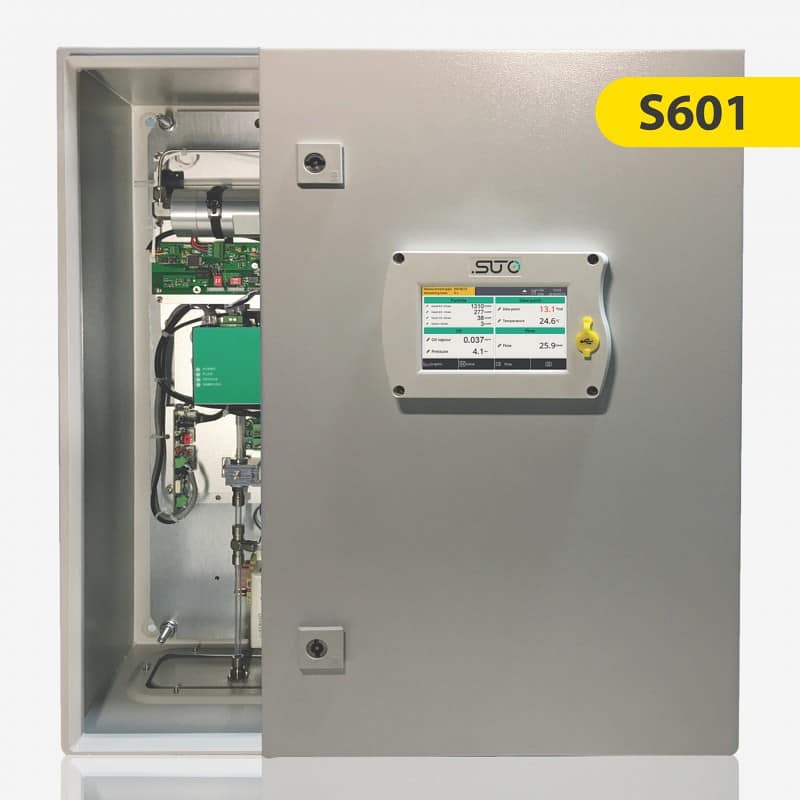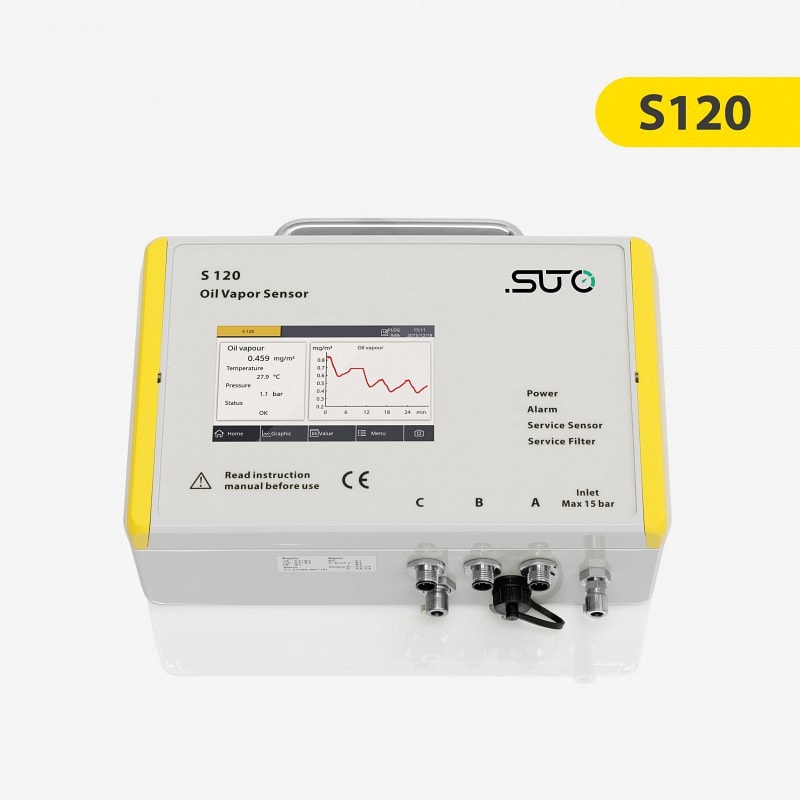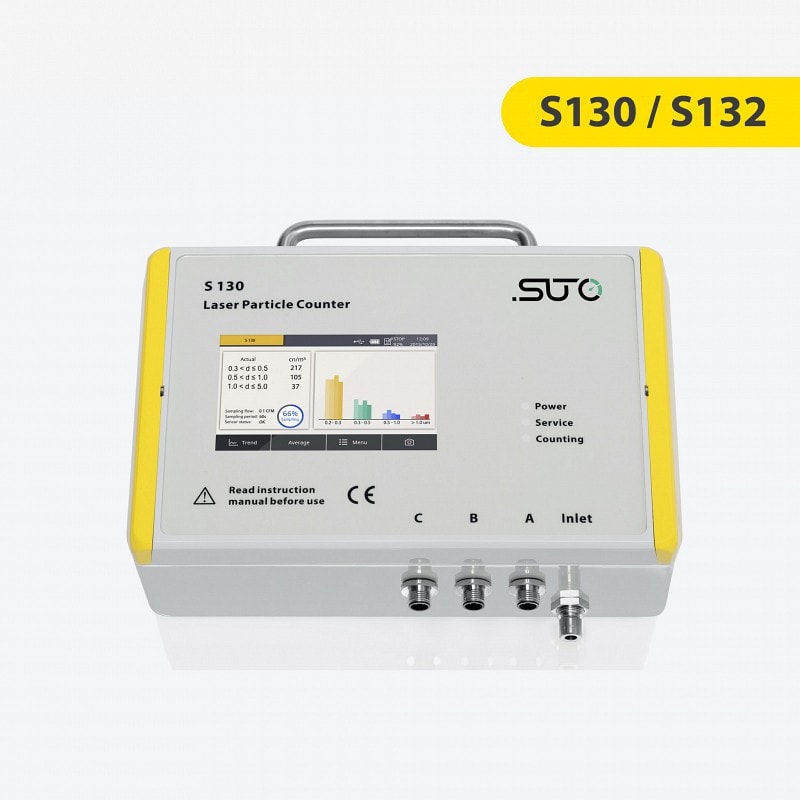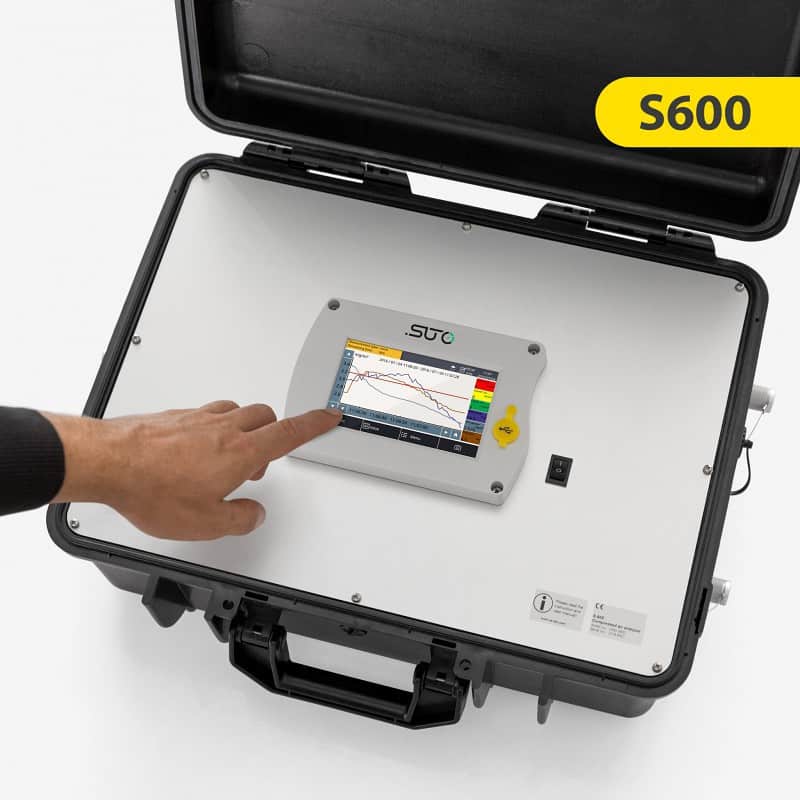
COMPRESSED AIR QUALITY TESTING
Compressed air quality and purity testing is essential for safe and efficient compressed air systems in industrial and commercial applications. These systems, which power pneumatic tools and air-operated processes, demand the highest standards of air quality.
There are various compressed air quality and purity testing instruments available, including PID sensors, laser particle counters and dew-point sensors, which measure crucial aspects such as humidity, oil content and particle count. Designed to provide accurate and reliable measurements, the compressed air quality testing equipment ensures the safe and efficient operation of compressed air systems.
Selecting, installing, and using the right compressed air quality testing solution for your specific application is essential for accurate analysis and optimal performance.
Compressed Air Contaminants
Compressed air is a widely used source of energy, but it is susceptible to various types of contamination.

Hydrocarbons
Originating from lubricants, they can compromise air quality. Regular monitoring and filtration are vital.

Moisture
Leads to corrosion and equipment damage. Effective moisture separators and desiccant dryers are crucial for optimal air quality.

Pollen & Dust
Airborne particles can cause blockages and reduced efficiency. Dedicated filters prevent their entry.

Rust
Originating from corroded components, rust poses a threat. Regular checks and filtration prevent rust-related issues.
Sources of Contamination
Contamination in a compressed air system can come from various sources, including

1. Air Intake
Air drawn from the environment and compressed can contain dust, particles and other contaminants.
2. Compressor
The compressor itself can produce contaminants such as oil mist, carbon particles and other debris.
3. Piping and Fittings
If the compressed air system is not properly maintained, rust, scale and other deposits can build up in the piping and fittings, which can contribute to contamination of the air.
4. Dryers and Filters
If the compressed air system includes equipment such as filters and dryers that are not properly maintained, they can become clogged and ineffective at removing contaminants from the air.
5. Air leaks
Leaks in the system can allow outside air and contaminants to enter the compressed air lines.
The Importance of Compressed Air Quality Testing
Compressed air quality testing is essential to ensure regulatory compliance, maintain product quality, address problems promptly, achieve energy efficiency, cost-effectiveness, real-time monitoring and improve workplace safety.
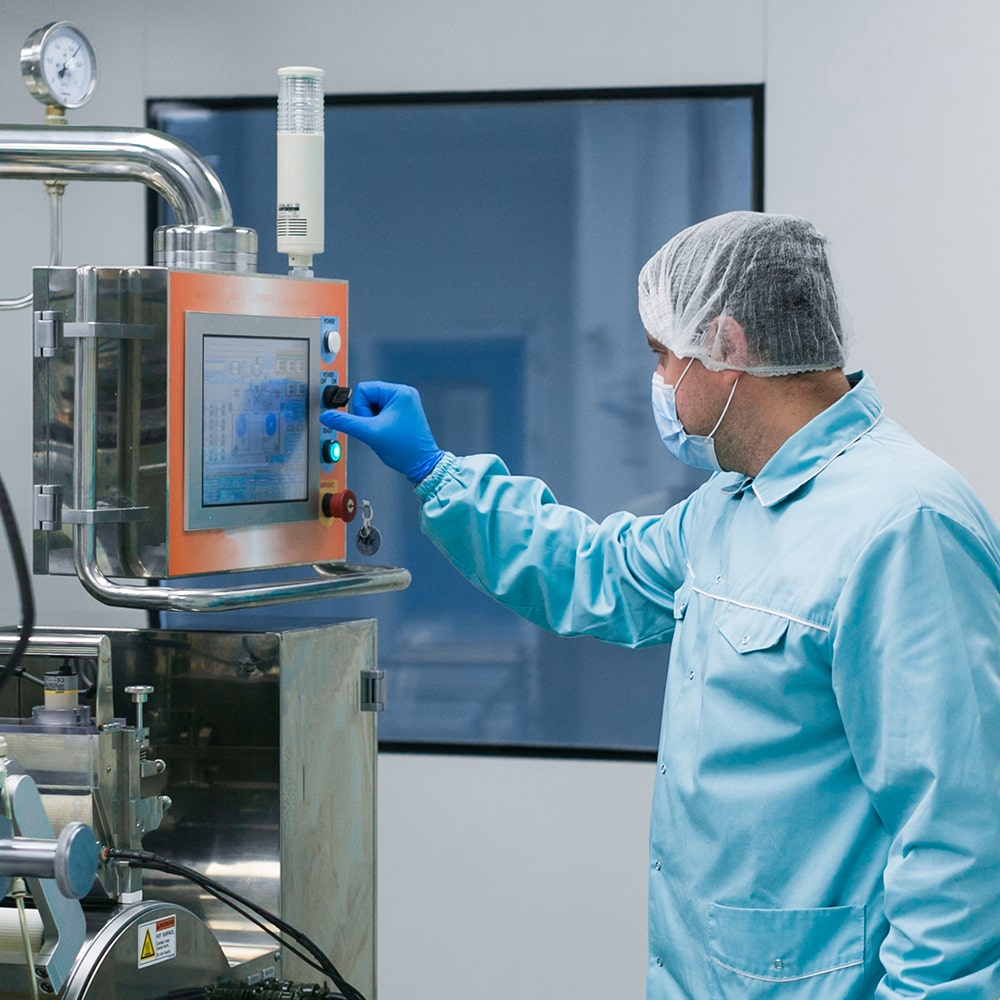
- Compliance: Meeting industry standards, like ISO 8573-1, for compressed air purity.

- Safety: Ensuring contamination-free air for equipment and personnel safety.
- Product Integrity: Vital in industries like food and pharmaceuticals to prevent product contamination.

- Issue Prevention: Early detection and resolution of potential problems to minimize downtime.
- Monitoring: Providing real-time insights for accurate measurement and control

- Efficiency: Identifying and fixing inefficiencies, like leaks, for energy savings.
- Cost-Effective: Extending equipment life and reducing operational downtime.
In Accordance With The ISO 8573-1
SUTO iTEC’s compressed air quality testing solutions prioritize precision by adhering to the ISO 8573-1 standard. This ensures precise measurements that provide a comprehensive understanding of air purity. The aim is to increase operational reliability and safety in various applications.
ISO8573-1:2010 is the most important publication in the ISO8573 series of standards because it specifies the allowable amount of contaminants per cubic meter of compressed air.
When air or compressed air is classified, it is done by defining a specific maximum level of contaminants that the air can contain. Particles, water and oil are considered contaminants. Each class has a defined maximum value for these three substances. The classes range from 0 to 9. The required cleanliness decreases as the class number increases. Class 0 can be defined by the equipment user, but is subject to stricter requirements than Class 1.
| Class | Particle Concentration | Pressure Dew Point | Oil Concentration | ||
|---|---|---|---|---|---|
| cn/m3 | ºC (ºF) | mg/m3 | |||
| 0.1 < d ≤ 0.5 µm | 0.5 < d ≤ 1.0 µm | 1.0 < d ≤ 5.0 µm | |||
| 0 | As specified by the equipment user or supplier and more stringent than class 1 | ||||
| 1 | ≤ 20,000 | ≤ 400 | ≤ 10 | ≤ -70 (94.0) | ≤ 0.01 |
| 2 | ≤ 400,000 | ≤ 6,000 | ≤ 100 | ≤ -40 (-40.0) | ≤ 0.1 |
| 3 | undetermined | ≤ 90,000 | ≤ 1,000 | ≤ -20 (-4.0) | ≤ 1 |
| 4 | undetermined | undetermined | ≤ 10,000 | ≤ +3 (+37.4) | ≤ 5 |
| 5 | undetermined | undetermined | ≤ 100,000 | ≤ +7 (+45.6) | > 5 |
| 6 | x | x | x | ≤ +10 (+50.0) | x |
SUTO iTEC Compressed Air Quality Testing Equipment
SUTO iTEC provides a range of compressed air testing instruments, suitable for both stationary and temporary applications at the point of use. Whether you require an all-in-one solution measuring all contaminants or specific instruments for oil vapor or particle measurement, our experts can find the most suitable solution for your needs.


Particle Concentration Measurement
- Measurement methods according to ISO 8573-4 standards (together with isokinetic sampling device)
- Latest laser detection technology
- Smallest particle size 50 % per ISO 21501-4, bigger sizes 100 % per ISO 21501-4
Measuring Range: 0.1 < d ≤ 0.5 µm / 0.5 < d ≤ 1.0 µm / 1.0 < d ≤ 5.0 µm / 5.0 µm < d

Dew Point Measurement
- Large ranges due to the unique multiple sensor technology
- Long-term stable and well-proven measurement methods
- High precision with an accuracy of ±2 °C Td
Measuring Range: -100 … +20 °C Td

Oil Vapor Measurement
- Latest photoionization detector (PID) with self-calibration
- Measuring range according to ISO 8573-1 Class 1 to Class 5
- High precision with 5 % of reading ± 0.003 mg/m³ accuracy
Measuring Range: 0.001… 5.000 mg/m³

Pressure Measurement
- State-of-the art sensor technology
- Additional quality data about the compressed air system
Measuring Range: 0.1 … 1.6 MPa(g)

Integrated Data Logger
-
Integrated data logger records all channels in parallel for later analysis
-
5’’ touchscreen allows you to interact with the device on site. There is no need for a PC to manage the device.

PDF Report Function
-
On-Site PDF Reports: S600 enables immediate report generation, following ISO 8573 recommendations.
-
Customized Data Entry: Input customer details and service provider information directly on-screen for tailored reports.
-
Simplified Audits: Streamline audits with on-site data entry, saving time and ensuring accuracy.
Real-time Confidence in Compressed Air Quality
-
Precision Accuracy: Ensure compressed air meets the highest quality standards with accurate and reliable readings.
-
Real-time monitoring: SUTO iTEC instruments provide real-time data in the field, enabling proactive measures to maintain optimal air quality.
-
Compliance confidence: Without the need for laboratory processing, you can be confident that our instruments comply with industry regulations.
-
Application versatility: Our instruments are designed for a wide range of applications, from industrial to healthcare. They offer flexibility in monitoring air quality.
-
Cost-effective solutions: Identify problems early and prevent costly downtime or replacement, making SUTO iTEC compressed air quality testing instruments a cost-effective choice.

